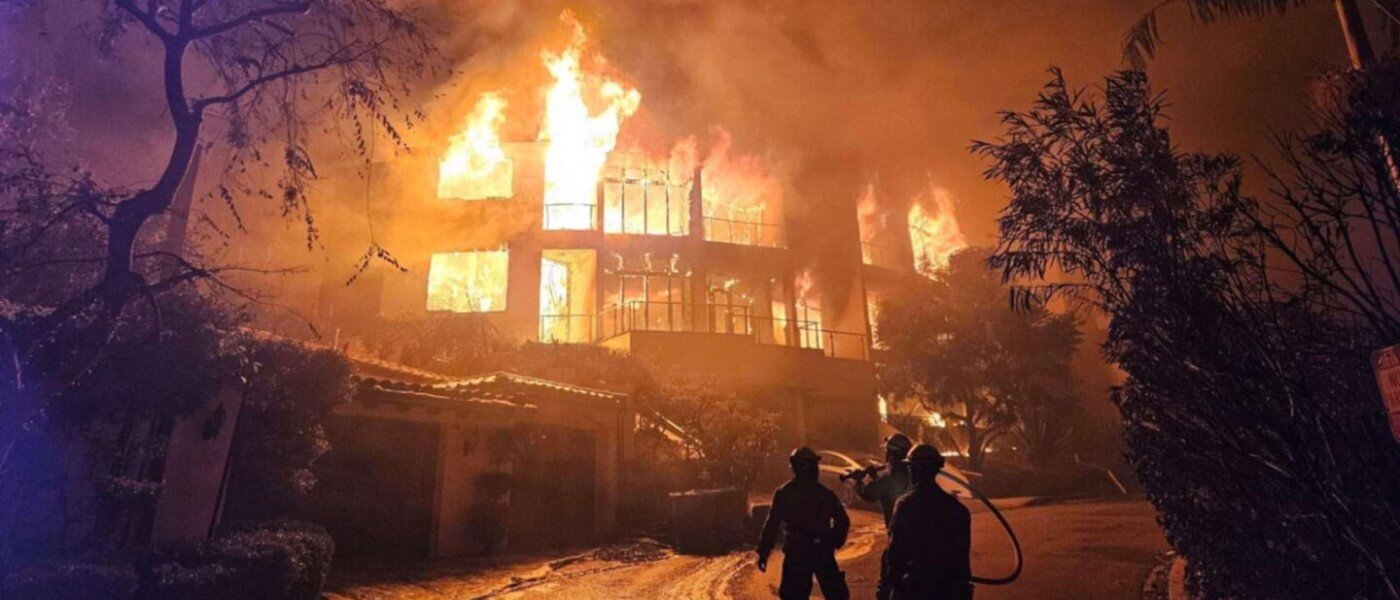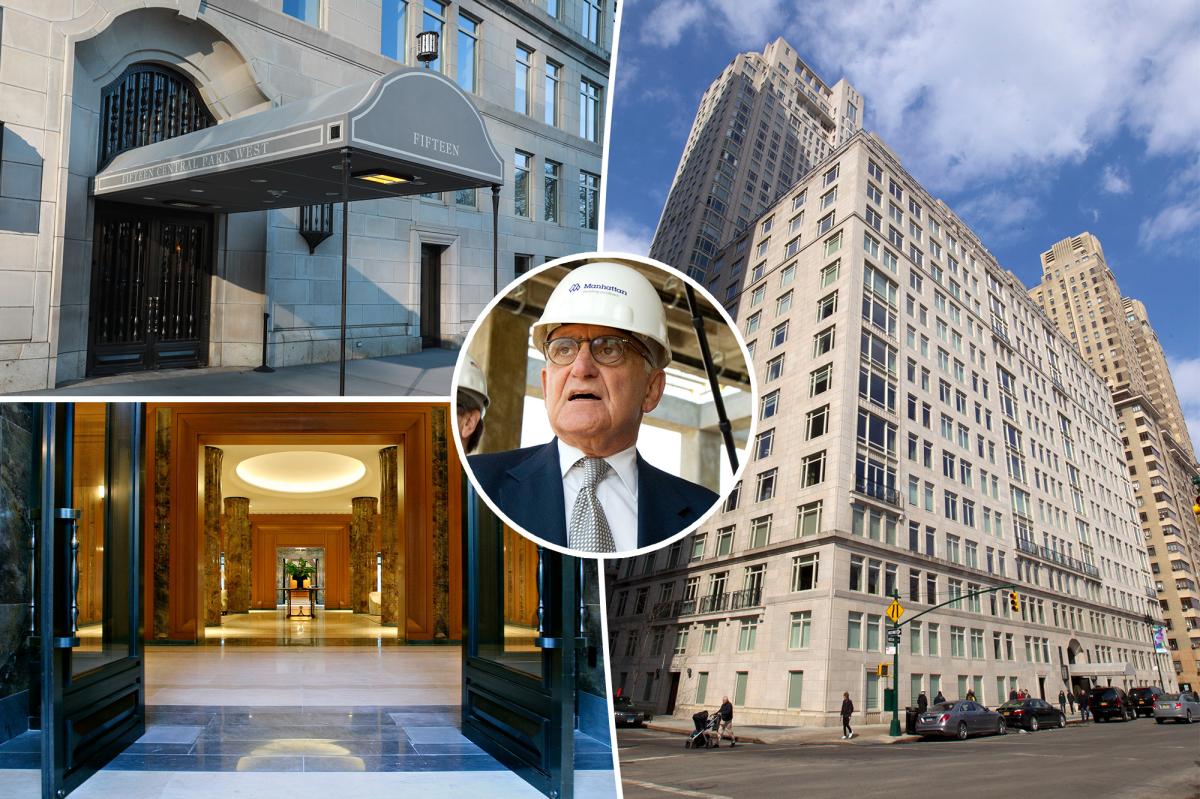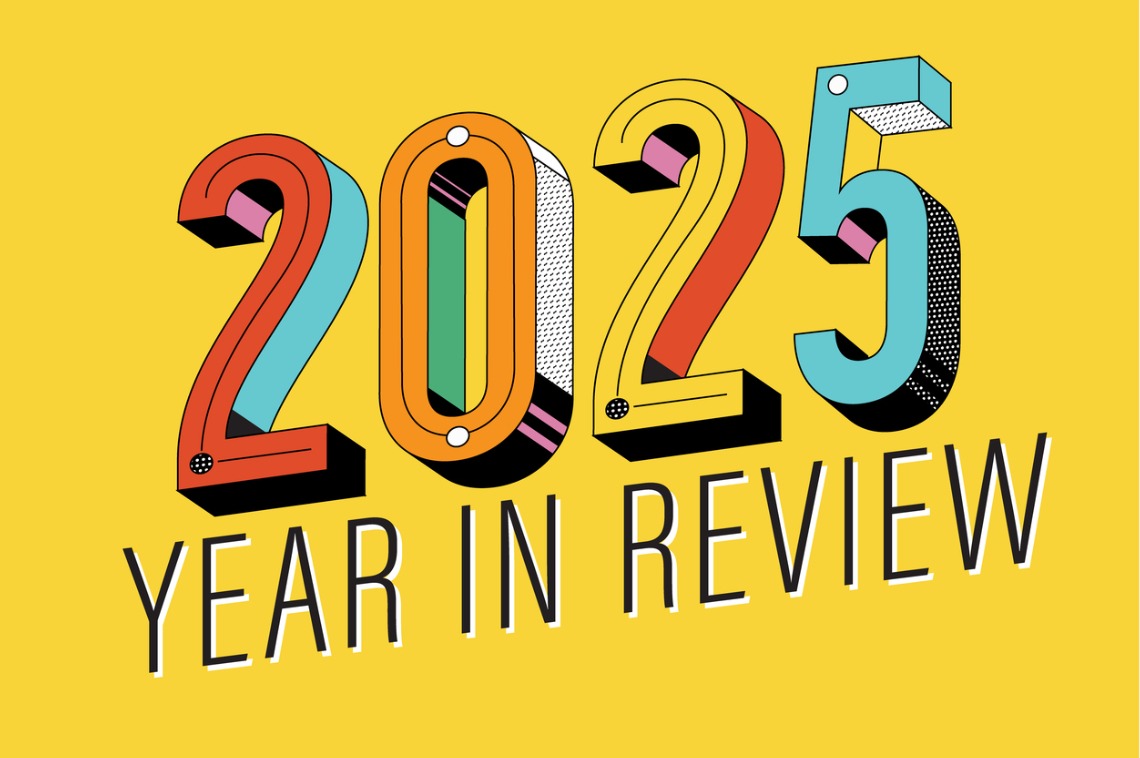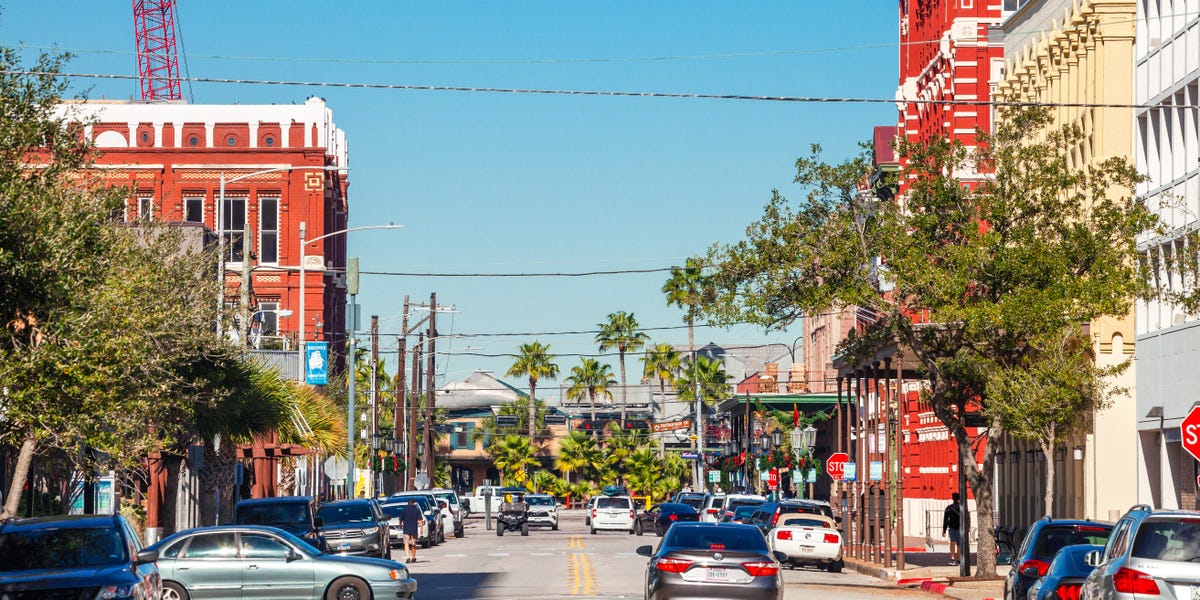L
os Angeles is facing a massive rebuild effort after the January 2025 wildfires, with estimated insured losses of $40 billion and over 13,500 properties destroyed. Nine months on, recovery remains slow, with fewer than 50 rebuilding permits issued in LA County by late May.
Supply chain constraints are hindering progress, including skilled labor shortages, high material costs, and construction loan rates above 10%. Many property owners are also facing significant shortfalls between insurance payouts and rebuild costs due to underinsurance. "The scale of the rebuilding challenge is unprecedented," said a local official. "Many families are discovering that their insurance payouts fall far short of what it costs to rebuild."
Wildfire risk is a growing concern for investors, with Cotality estimating 2.6 million homes in the western US at moderate or greater risk, representing $1.3 trillion in reconstruction value. California, Colorado, and Texas lead the way in exposure, with eight of the top 15 most at-risk metropolitan areas located in California.
The Palisades and Eaton fires highlighted the increasing threat of wildfire-induced conflagration, where flames shift from vegetation to structures, amplifying destruction. Traditional hazard ratings failed to account for this risk, with many low-to-moderate hazard-rated properties experiencing high conflagration risk.
Rising reconstruction costs, underinsurance, and outdated regulations are creating a significant drag on recovery. Lenders, insurers, and investors need to integrate wildfire and conflagration risk into parcel-level analytics to protect capital, accelerate recovery, and mitigate future exposure in high-risk markets.















